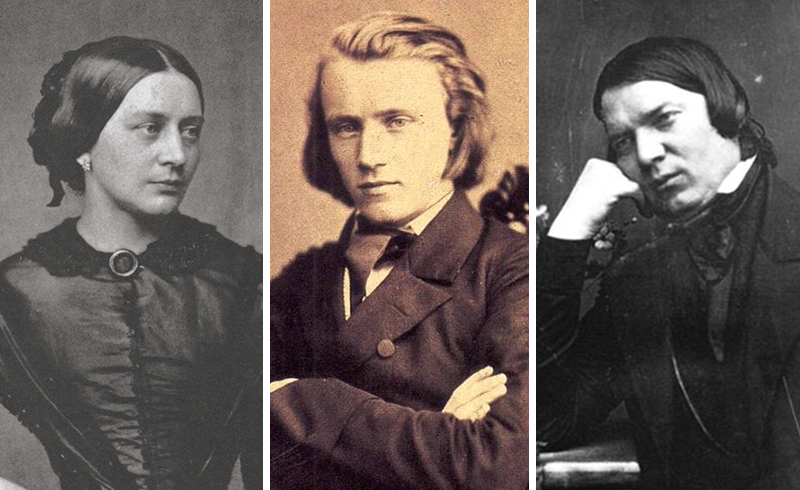
October 24, 2018
Dance for me, Salome: Strauss’s Dance of the Seven Veils
On November 2, 3 and 4, the Houston Symphony welcomes renowned conductor Bramwell Tovey back to Jones Hall for The Seven Deadly Sins, a playfully provocative program of works by Strauss, Scriabin and Weill. Learn more about Salome’s Dance (also known as The Dance of the Seven Veils) from Strauss’s scandalous opera Salome in this post.

One day in 1905, Richard Strauss walked into a piano shop with Gustav Mahler and his wife Alma. He had just finished his opera Salome, and was eager to share it with them. In her memoirs Alma recalled the scene:
“The room had big gleaming windows on all sides, with people constantly walking past or stopping to look in—pressing their noses against the window as they tried to catch the sound. Strauss sang and played incomparably well. Mahler was enthralled. We came to the dance. It was missing. ‘I haven’t done that yet!’ said Strauss and after this big hiatus played on to the end. Mahler asked, ‘Isn’t it risky simply to leave out the dance and do it later when one is no longer in the mood of the work?’ But Strauss laughed in his carefree way, ‘I’ll manage.’”
Manage he did; Strauss had saved the climactic passage of his opera for last. Based on a scandalous 1891 play by Oscar Wilde (who had been imprisoned for “gross indecency” in 1895), the opera retold the biblical story of Salome, a princess who becomes fascinated by John the Baptist. Imprisoned in the palace of her stepfather Herod, the chaste holy man rebuffs her. When Herod promises to grant Salome anything she wishes if she dances for him, Salome performs a striptease in which seven veils are removed one by one (you can watch two different versions here and here). In return, she asks for John the Baptist’s head on a silver charger. Despite Herod’s pleas, she insists. When her ghastly reward is delivered, she declares her love for the severed head and kisses its lips. Horrified, Herod orders his soldiers to kill her.
Underneath the music’s exoticism and lush, virtuoso orchestration, Salome’s Dance is in fact a waltz:
It is not, however, the kind of tuneful waltz Johnann Strauss II would have written. After a rhythmic, percussive introduction, the music reveals the princess’s inner world as she reveals her body. Twisted harmonies and melodies show us her disgust for her stepfather and her desire for the imprisoned mystic. As each veil is dropped, Salome descends further into madness, and the music builds to a frenetic climax. Before the last veil is removed, the music pauses and we hear the leitmotif representing the glinting moonlight as Salome’s mind drifts—but her reverie is cut short as the dance comes to a crashing end.

“I am sorry Strauss composed this Salome,” Kaiser Wilhelm reportedly said some time after the premiere. “I really like the fellow but this will do him a lot of damage.” “The damage enabled me to build my villa in Garmisch,” Strauss famously replied. Despite (or more likely because of) its controversial subject matter, Salome played to sold out opera houses around the world, putting Strauss well on his way to becoming one of the richest composers in history. —Calvin Dotsey
Don’t miss Strauss’s Dance of the Seven Veils on November 2, 3 and 4, 2018! Get tickets and more information at houstonsymphony.org.






